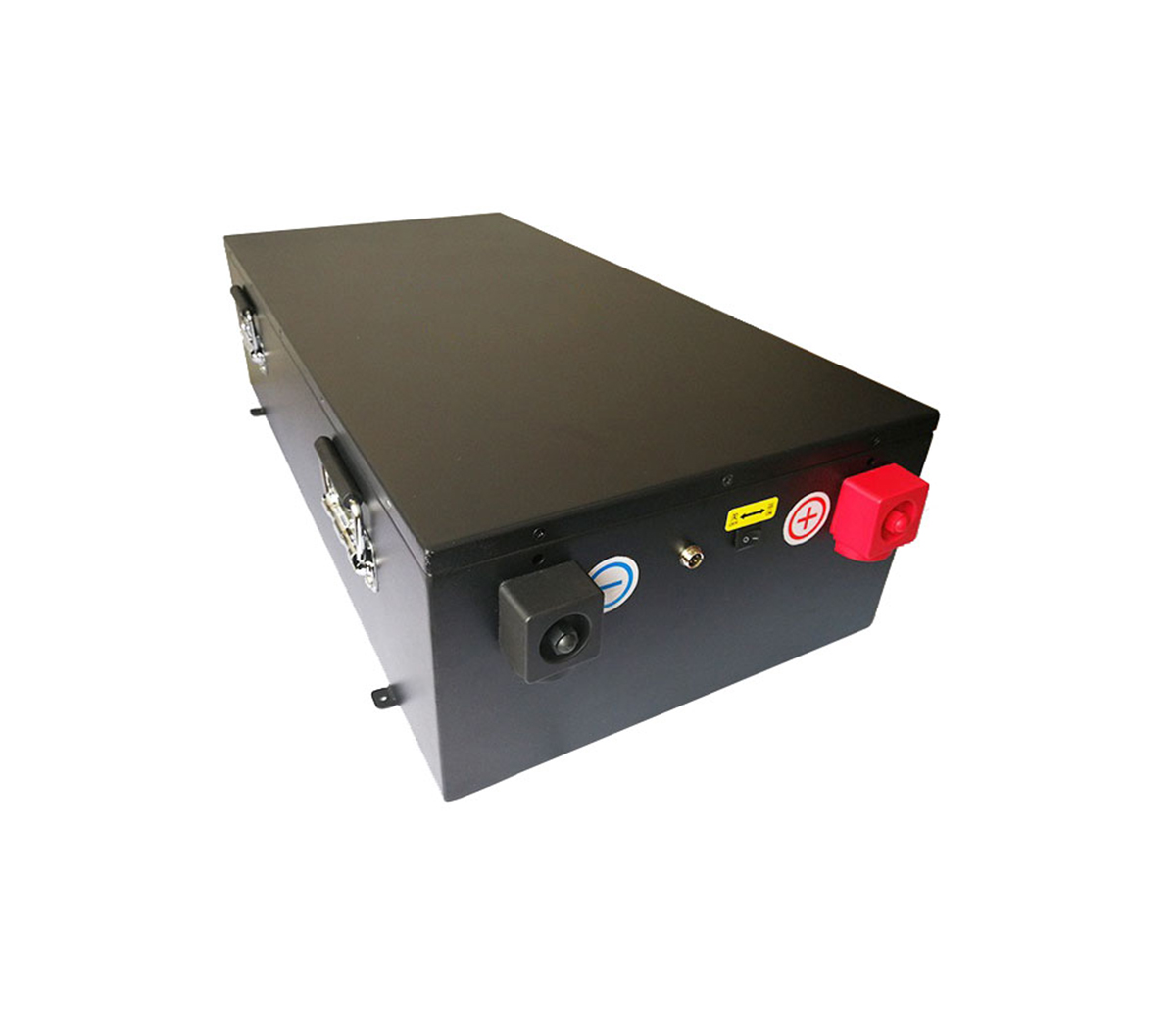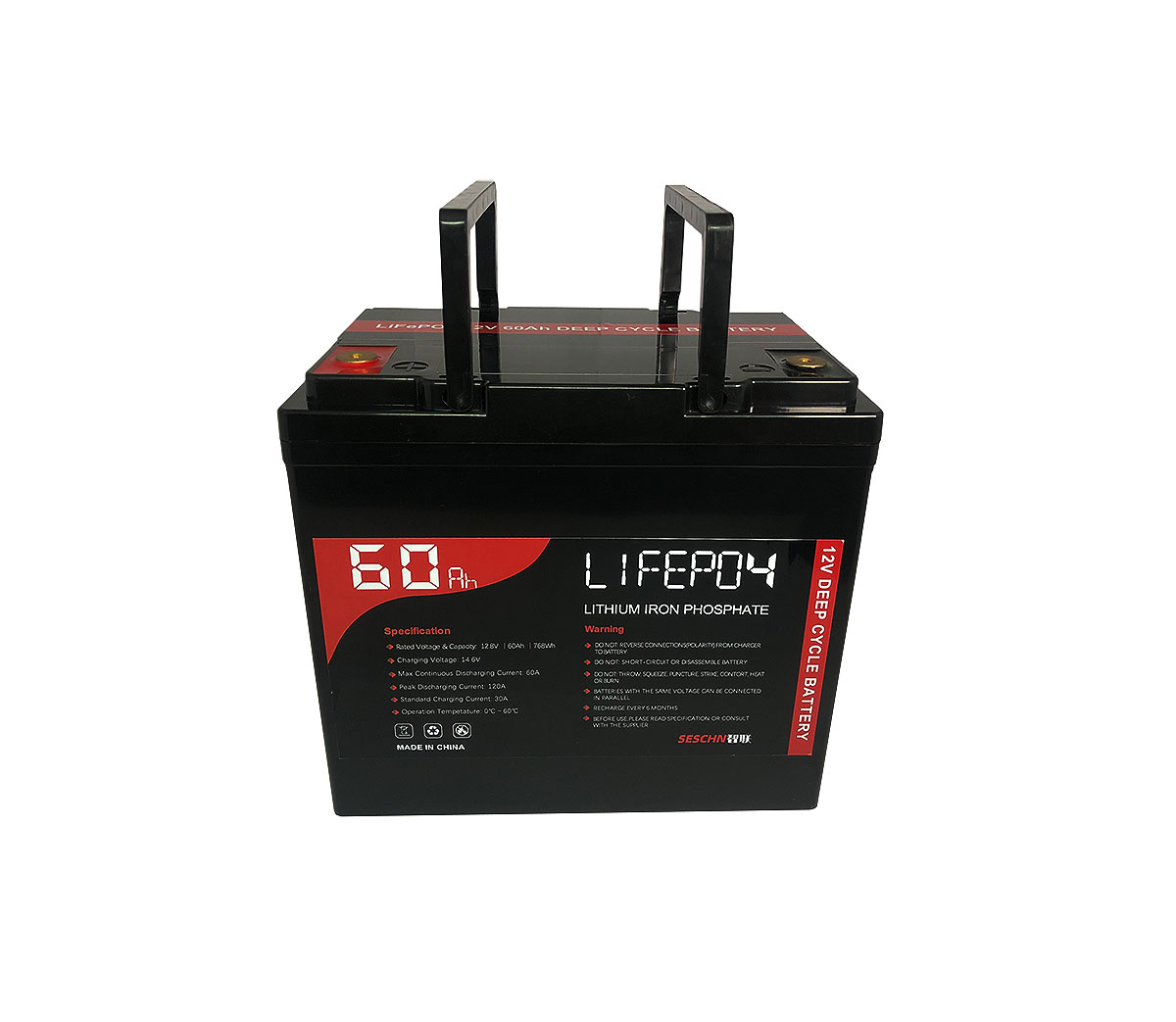Is the power battery recycling technology and experience mature?
In recent years, the field of new energy vehicles has developed rapidly,
and my country has become the largest market for new energy vehicles in the
world. However, after a large number of new energy vehicles are put on the
market, where will the subsequent waste batteries flow, how will they be
recycled, and how will they be reused?
In recent years, the field of new energy vehicles has developed rapidly,
and my country has become the largest market for new energy vehicles in the
world. However, after a large number of new energy vehicles are put on the
market, where the subsequent waste batteries will flow, how to recycle them, and
how to reuse them have become issues that the industry has to pay attention to.
Questions whether the utilization is environmentally friendly.
Wu Feng, a professor at Beijing Institute of Technology, once publicly
stated: “A 20-gram cell phone battery can pollute the water of three standard
swimming pools. Tons of electric vehicle power batteries are discarded in the
natural environment? A large amount of heavy metals and chemical substances
entering the nature will cause greater pollution to the environment."
A large number of potential pollution hazards have forced the power battery
industry to speed up the pace of improving the power battery recycling and
processing mechanism, and it has also begun to let the industry start to think
about this problem collectively.
Where should I go after it is scrapped?
It is understood that the general service life of power lithium-ion
batteries is about 20 years, but when the capacity of power lithium-ion
batteries for vehicles decreases below 80%, they will be discarded, and the use
time is about 3-8 years.
At present, combining the theory of circular economy and the principle of
product life cycle analysis (LCA), a schematic diagram of the recycling of power
lithium batteries in the figure has been established:
Since the power battery still retains about 80% of the capacity when it is
discarded, if it is directly recycled as a resource, it will cause great waste.
Therefore, the current recycling of power lithium batteries is mainly to realize
the cascade recycling and utilization of power batteries by dismantling, testing
and classifying the used power batteries of automobiles. Power lithium battery
reuse terminals are mainly aimed at home energy storage, shops, new energy
distributed power generation, disaster prevention bases, communication base
stations, micro electric vehicles, electric bicycle applications and other
fields. Applications in these fields have relatively low requirements for energy
density. By processing the power batteries of new energy vehicles into these
fields, waste of resources and costs can also be reduced.
What treatment methods can be used now?
Power lithium battery is mainly composed of shell, positive electrode,
negative electrode, diaphragm, electrolyte, etc. The recycling process of power
batteries is roughly two parts: the first step is to carry out the pretreatment
process of discharging, dismantling, crushing, and sorting; the second step is
to separate the disassembled plastic, and then perform alkaline leaching and
acid leaching of the electrode material , Extraction after impurity removal; or
direct high-temperature incineration to dismantle the fragments to recover
metals and further use wet methods to recover incineration residues.
The processing methods of this process can be divided into two types:
physical recovery and chemical recovery. In chemical recovery, there are mainly
two methods: pyrometallurgy and hydrometallurgy. For physical recovery, low
temperature is used to reduce the chemical reaction activity of lithium
compounds for processing. Which method is used depends on the type and quantity
of batteries, different fields of subsequent investment, and different methods
of selection.
But it should be noted that due to the complexity of the process and
treatment methods, there is the possibility of secondary pollution in every step
of the process of recycling and treatment.


































